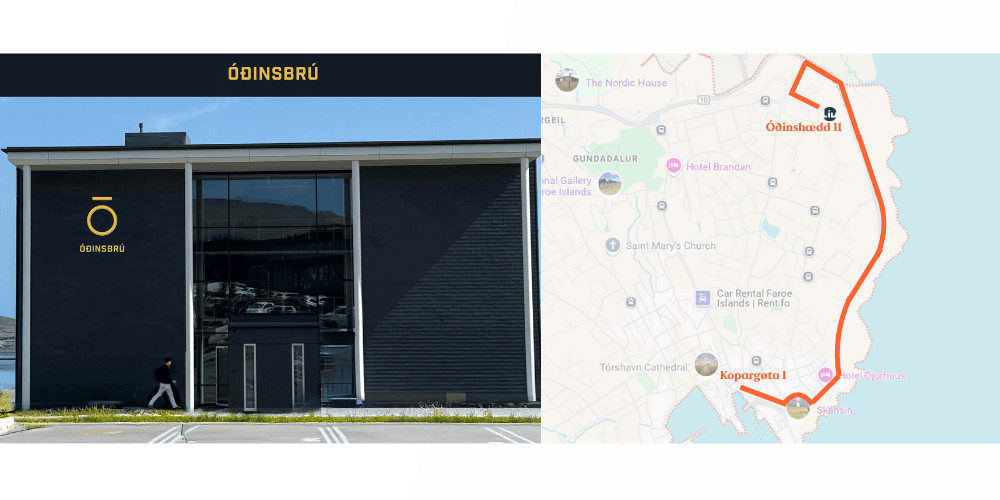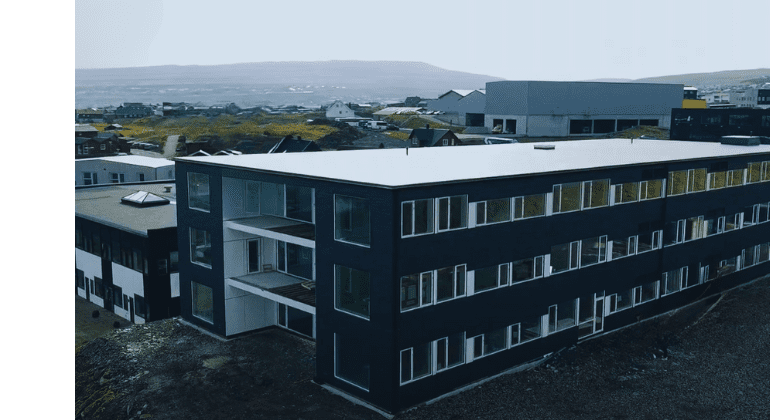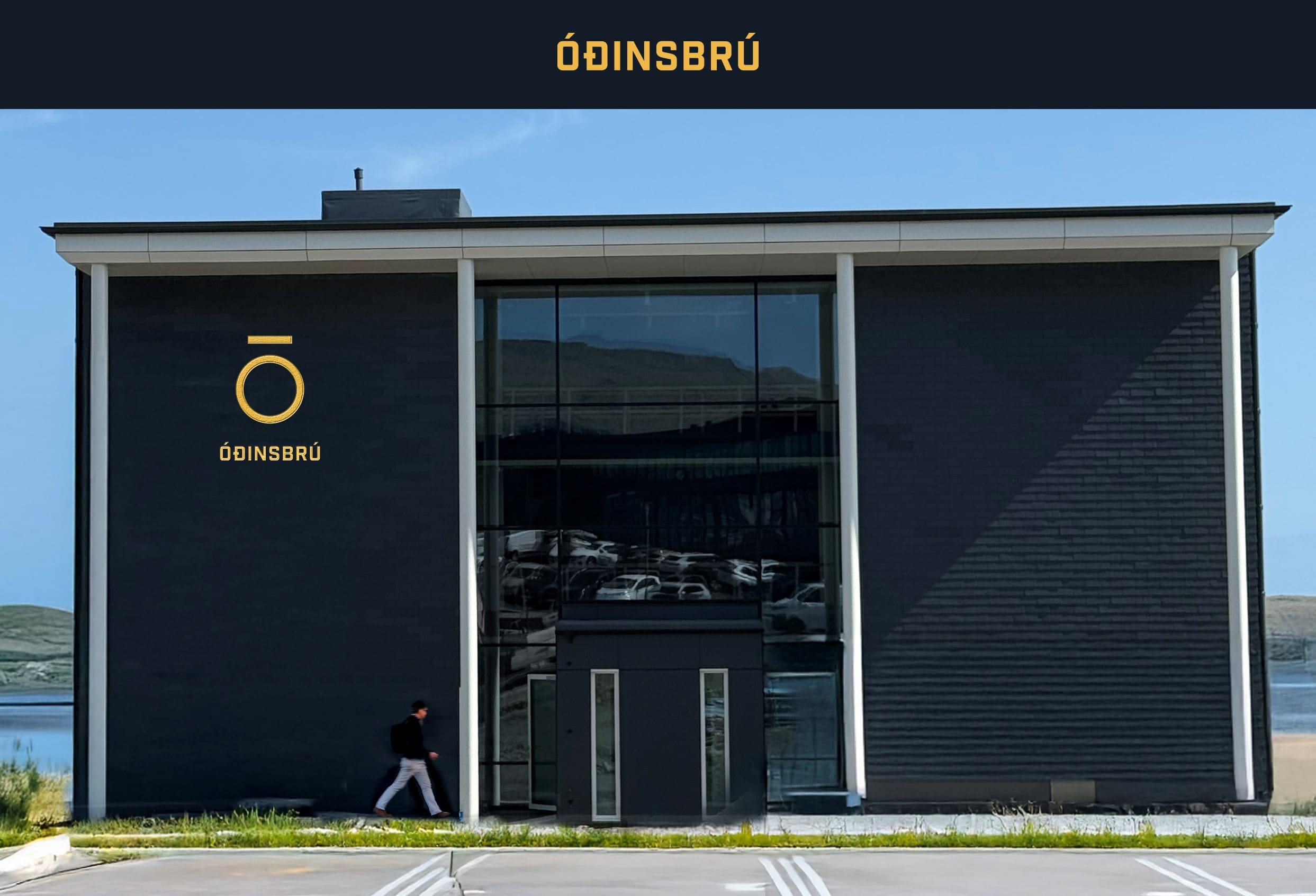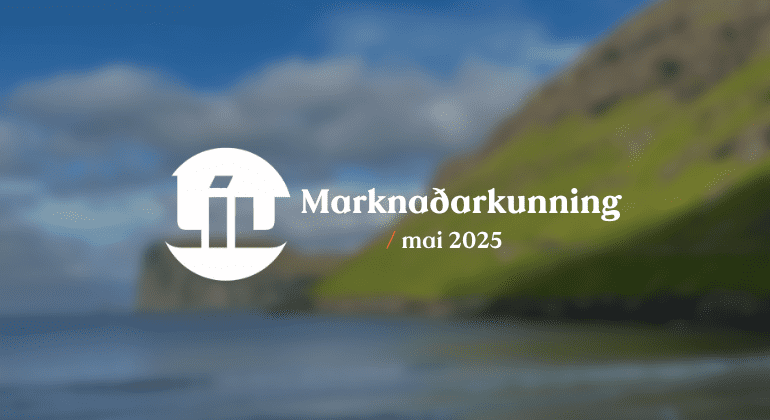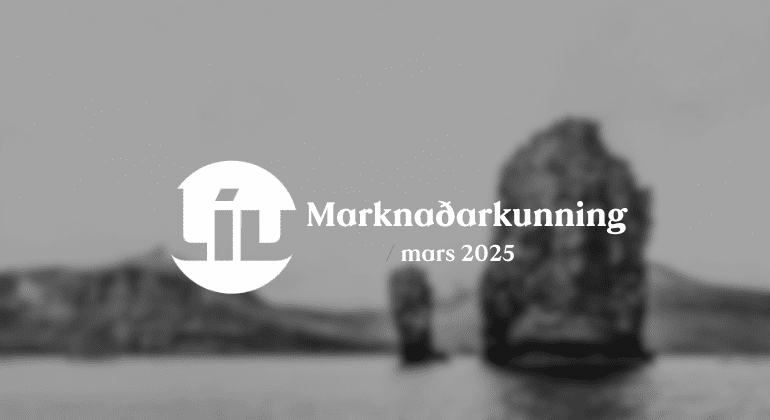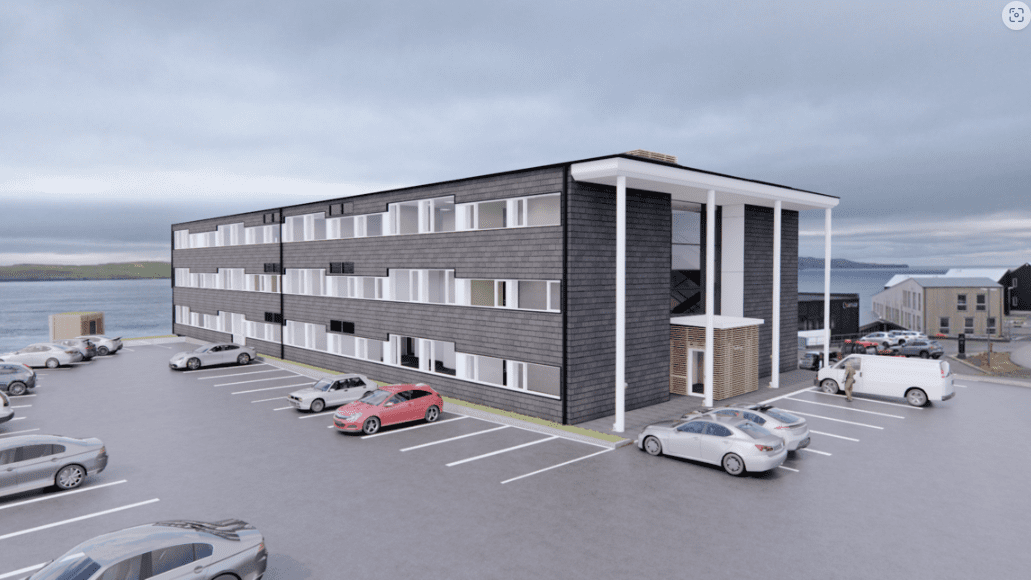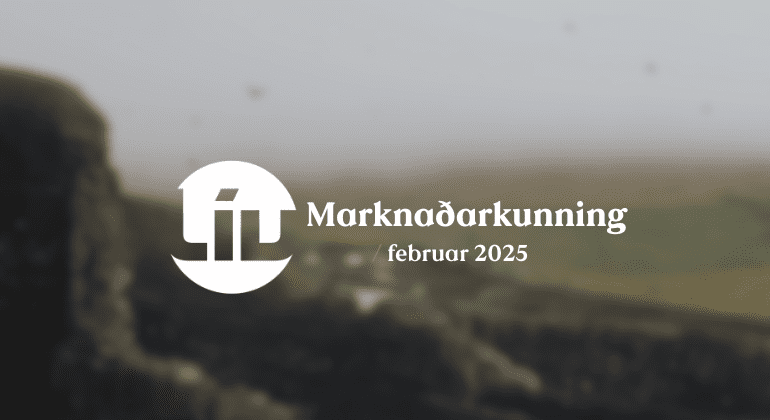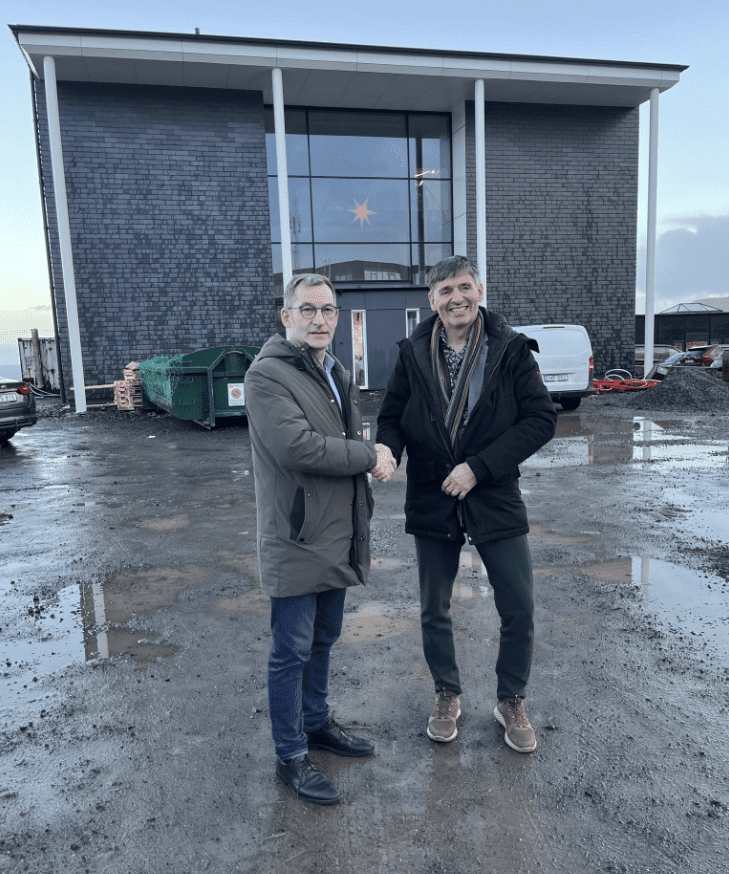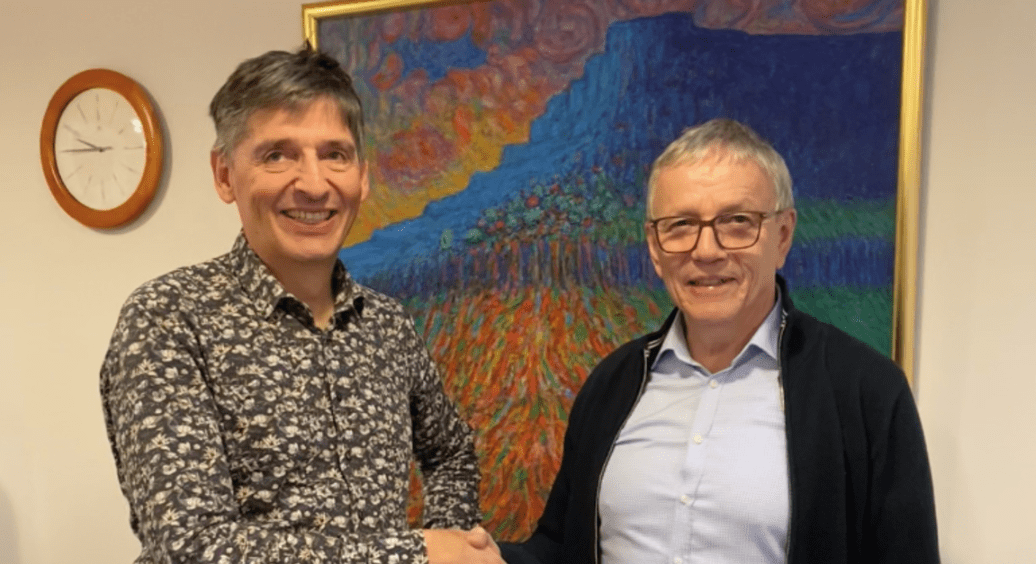A Good May for the Stock Market
After a strong performance in mid-April, the growth in equities continued in May. Global stocks delivered a solid return of 5.8% for the month, which reduced the annual decline to -3.9%. And now, in early June, global equities are nearly back to the same level as at the beginning of the year. Technology and industrial stocks, in particular, performed well in May. Stocks that are typically less affected by economic cycles delivered more moderate returns. The growth in equities was observed in many parts of the world, especially in the USA, which for the first time this year showed the highest growth. Danish, Nordic, and European stocks, however, have performed the best so far this year.
Interest rates rose in May. As a result, the return on short-term bonds was close to zero, while long-term bonds experienced negative returns. The strong performance in the stock market also had a positive effect on corporate bonds and high-yield bonds, which rose between 0.5% and 1.2% over the month.
The US dollar has weakened significantly this year but changed little in May. Prices for several commodities, especially metals, increased after being low in April. Despite higher supply, the oil price also rose slightly.
Why the Improvement? Delayed Trade Measures, New Fiscal Policy, and AI Growth
In recent months — especially in April, May, and early June — investors have become more optimistic about the prospects for economic growth. This optimism has strengthened both stocks and corporate bonds, although it has also pushed interest rates slightly higher.
The new optimism comes from several developments. US President Donald Trump delayed plans to impose very high tariffs on imported goods for 90 days. Additionally, US courts have overturned the highest tariff rates that were implemented by presidential order. This has boosted confidence that the trade conflict between the US and especially China and the EU may not be as severe as many feared.
Furthermore, strong earnings reports from tech giant Nvidia have reinforced hopes that investment in artificial intelligence will continue at a strong pace.
Adding to this, the Trump administration has reversed course on fiscal policy and is now pursuing expansionary measures instead of trying to reduce the large federal deficit. There are also clear signs of a more flexible monetary and fiscal policy in both Asia and Europe.
What Now? The Good, the Rather Bad, and the Ugly Scenarios
As mentioned in last month’s market analysis, it is possible — to a large extent — to divide forecasts from international financial institutions into three different global economic scenarios for the next 3–12 months:
The Good Scenario:
The worst of the trade war is behind us, and in the coming days and weeks, a rapid de-escalation will occur. Trade agreements will gradually be reached between the US and its partners, and the high tariffs that have harmed global trade will be reduced.
The global economy begins to grow again after a brief downturn due to trade uncertainty. Corporate profits rise again, and default rates on bonds remain low. As tariffs fall, inflation drops accordingly and approaches the targets of both the Fed and the ECB (around 2%). This allows interest rates to remain stable or even decline.
If the good scenario becomes reality, we can expect new highs in the stock markets and good returns — both in corporate bonds and traditional bonds.
The Rather Bad Scenario:
Another group of investors believes a longer period of uncertainty lies ahead, with no clear direction for the equity and bond markets over the next year.
These investors expect it will take many months to reach agreements between the US, China, and the EU. On the one hand, companies and investors may become hopeful about the negotiations themselves, but on the other hand, the uncertainty about their duration and outcome could dampen growth, earnings, and investment for several quarters. This would also limit the US Federal Reserve’s ability to cut interest rates.
The Ugly Scenario:
The third group — the most pessimistic investors and financial institutions — believe we are already in what is called a “bear market,” where major declines in stock prices are to be expected. In a typical bear market, declines are moderate; but in a structural bear market, like during the 2008 financial crisis or the dot-com bubble in 2000, losses can be as steep as 50%.
Such downturns usually last between 1½ and 4 years, and it can take anywhere from 5 to 20 years to recover the losses.
The pessimists believe the US might succeed in securing a few minor trade agreements, but that major deals with China and the EU will take longer — or might not happen at all. This would lead to economic stagnation and push the global economy into a worldwide recession.
This would mean major write-downs in asset values, more bankruptcies, higher unemployment, and rising inflation — a situation that makes it very difficult for central banks to ease the economic crisis.
